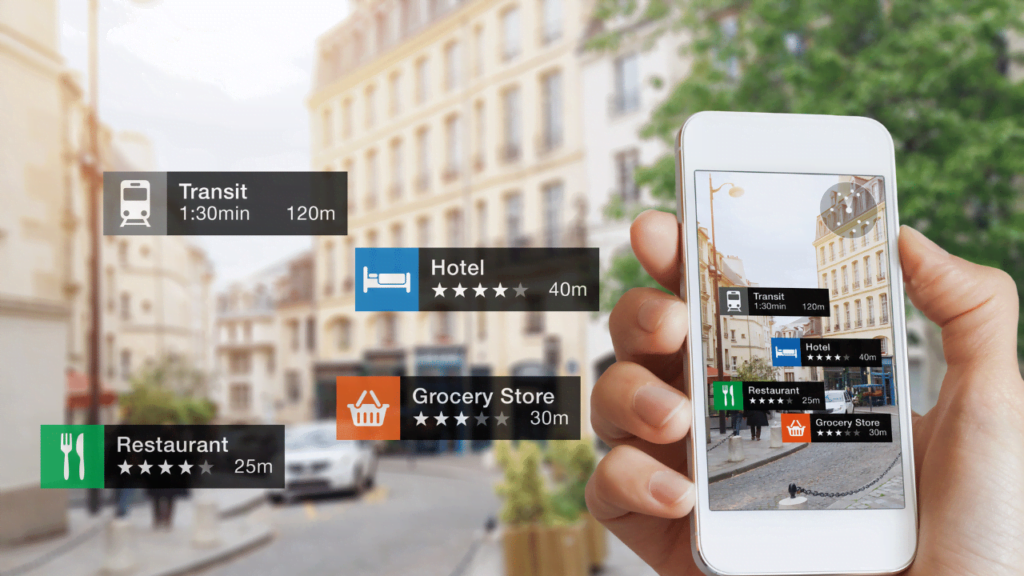 Contact us
Contact us How Will Augmented Reality Affect Customer Journey?
Imagine being able to see how a sofa would fit in your living room before actually buying it or being able to see which sunglasses suit your face without physically trying anything on. Each of these scenarios is already possible.
These are some real examples from Ikea and Ray-Ban of how companies are currently using augmented reality (AR) to improve customer journeys.
AR technology enhances the physical environment you see by overlaying virtual elements, such as information or images over it, either through displays such as HoloLens and Google Glass or through the camera view on your smartphone.
AR is not about creating a completely new reality; it’s about enhancing what already exists. When the virtual is well fitted with the physical and interacts with it, that’s when AR magic happens. As opposed to virtual reality, which immerses you into a different world. AR intertwines virtual elements that might be missing in a specific situation within physical reality.
AR continues to make leaps as enterprises turn to new technologies for customer solutions. While not as widespread as virtual reality (VR), AR is to dominate over VR, “taking the lion’s share around $90 billion and VR at $30 billion” by 2020.
Infusing AR into wearable technology allows wholly elevated work experiences in which users can work hands-free and improve processes with AR capabilities such as visual models, voice recognition, and even real-time connectivity with experts. In a customer’s technician environment, these supplements can be especially helpful to ensure proper solutions and fixes. Many AR tools like Service Technician mobile app by SAP do just that.
The philosophy of omnichannel customer experience is well established and is equally applicable to VR. For example, a customer who adds items to a cart in a VR shopping experience should be able to continue the experience seamlessly on a smartphone or tablet and should have the same level of personalization in each channel. The Salesforce Customer Success Platform enables the execution of such omnichannel customer experiences and empowers businesses to define a customer journey across all channels, including VR.
The real mission for commercial AR is integrating the technology so that it enhances the customer journey, experience — makes it easier, more fun, and more convenient. Of course, we don’t want to live in a world where tangible, physical elements are replaced with digital replicas. The key to understanding AR is defining the specific activities where it can create real value for the customer.
Roman Kučák, CEO


